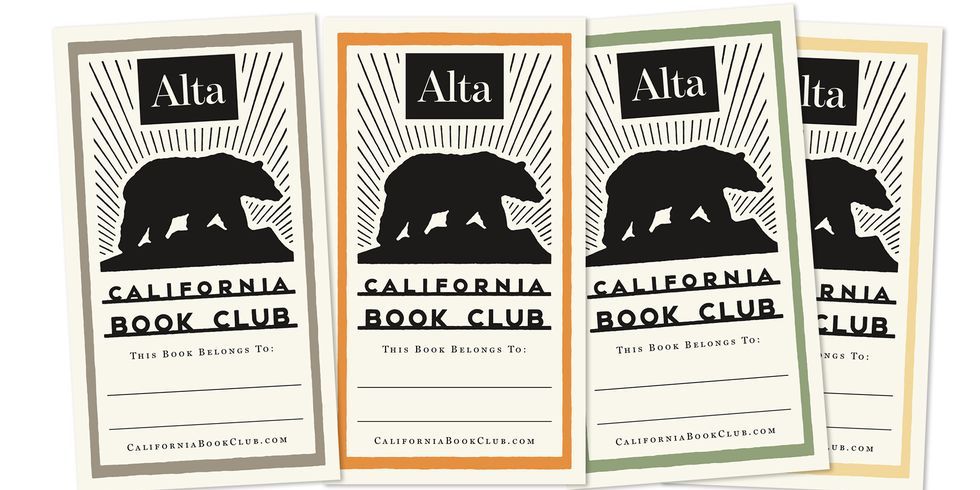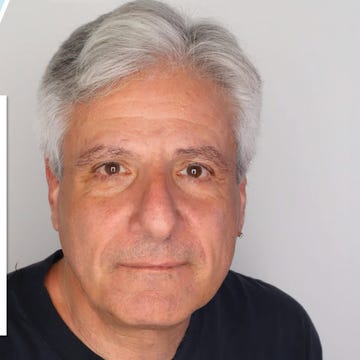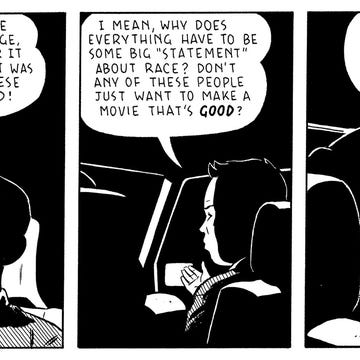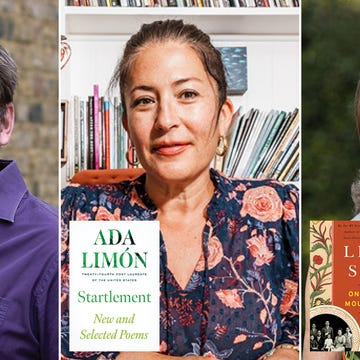My wife and I moved to Los Angeles nine years ago. A couple of months after we arrived, I was browsing at Skylight Books in Los Feliz, and I took D. J. Waldie’s Holy Land: A Suburban Memoir off the shelf. Its slenderness attracted me, as did the fact that I wasn’t quite sure what it was. These were early days for me in what would become a binge of Southern Californiana—memoirs, fiction, history books, short stories. And Holy Land seemed to be a blend of them all. The book assesses the making of Lakewood, one of L.A.’s first planned communities, but it is also an assessment of the author himself, a lifelong resident. And, yeah, Waldie’s book has been properly recognized as a classic of local literature, as well as a must-read for documenting American suburbia more broadly, but I don’t see Holy Land honored very often for what I admired about it most from the start: its poetry.
I studied poetry almost singularly in college; maybe that’s why my feelings went there first. But I read Waldie’s memoir again recently, and the same things still stood out—the lyricism, the shifts in tone, the deep contemplation in the rhetoric. Even the book’s structure functions poetically in the sense that each fragment—the book is composed of 316 short pieces, some only a sentence or two long—seems like a stanza, like a step in a longer walk, so that the cumulative experience, when I put the book down, is both reflective and open-ended. As though the book’s given me the space and time to consider many different facets of a city and its narrator, and rather than finish with a grand conclusion, a big idea, I’m left with something more like a deep impression, from the emotional resonance of 316 separate things.
First off, there’s a sense that the book is almost built from koans, which often pivot the story—if there is a single story—in strange new directions. In passage no. 13, for example, Waldie describes how Lakewood has been photographed over time, leading people to perceive it in limited ways, before the next numbered passage turns to a more expansive idea about the region. “In the Los Angeles Basin, the possibility of rain is ignored until the rain falls. Since it hardly ever rains, ignorance has prevailed as climate.” Or he doses us with surprising historical information, suffusing our physical sense of the place with a sense of what it felt like to live there in that moment in time. After a discussion of Lakewood’s design features (no. 190), for instance, we get a tender counterpoint: “In 1953, a reporter for Harper’s Magazine asked young wives living in my suburb what they missed most. The women usually replied, ‘My mother.’”
Waldie also seems concerned with tone, the way poets are concerned. His tonal shifts, like the brevity and self-contained quality of his passages about Lakewood, keep readers on their toes. This is no. 153: “My father often said that he was a simple man. I do not believe my father was, but I admired his claim. I admired my father’s grace as well, which made him angry.” These turns of emotion are found throughout—it’s a moral book but too humble to be a judgmental one. I asked myself, rereading, What is the prevailing tone by the end? Probably a sense of longing streaked with ardor or even wistfulness.
The range in tone relies, I think, on the book’s precise imagery; we notice the narrator’s adjustments in pitch because everything else in the story is so precisely drawn. Waldie gives the reader exact, closely observed depictions—the dimensions of Lakewood’s tract houses or the types of stores at street intersections—that make our experience of Lakewood more sensory, full of sound and color. The loudspeakers that play Christmas carols in the Lakewood mall were originally intended to broadcast descriptions of lost children; the houses on Waldie’s block have been painted and repainted so often “that the grains of sand in the surface of the stucco have begun to disappear” (no. 82). And I like, too, that Waldie includes photographs on occasion, both to document what he’s describing and to show how his hometown has been perceived, recorded, imagined. This is a book where each image slides on top of the ones before, as though the narrator is afraid they will slip away. As though the past and the present need to be kept close, protected, even as L.A. constantly remakes itself.
And then there’s the lyricism. I think what is most poetic for me about Holy Land is the depth with which emotions are expressed, whether they’re rendered from a distance or close to the skin. Often these feelings are about Waldie’s parents and brother or about himself. Never contemptuous, not really romantic—the book studies not only Lakewood but our experience of places and what it means when we look closely and feel deeply. “People passing through the city often mention the trees. They never mention the pattern over which they pass.”
Such patterns were on display when I visited Lakewood a couple of years ago: the gridded streets, the same-looking houses, the Dodgers and Rams flags flying from every other front porch. I was researching a book of my own about the region, and Waldie generously granted me an interview. We met at city hall; Waldie used to be the deputy city manager and secured us a conference room with a view. In person, he was charming and very well-dressed and just as precise and considerate as the voice of Holy Land implies. I remember, I asked him at one point about what it’s like to be of a place, because it’s something I’ve never felt myself. “It’s not too much to say that some people, and I’m one of them, are made for connection to a place that endures,” Waldie said. “Some people are footloose, and some people are barnacles. I’m a barnacle.”
I loved that.
I’ve bought and then given away my copy of Holy Land several times. I had to buy a new one just to write this essay, and once again, it’s underlined on practically every page. Southern California is blessed with great literature, so many original works that help a reader understand the region better—works I love from Lynell George and Mike Davis, David L. Ulin and Octavia E. Butler. But for something both singular and broadly appealing, genre-blending and deeply its own thing, Holy Land is the book I often choose first.•
Join us on January 18 at 5 p.m., when Waldie will appear in conversation with California Book Club host John Freeman and special guest Lawrence Weschler to discuss Holy Land: A Suburban Memoir. Register for the Zoom conversation here.
Previously, we incorrectly stated that Holy Land had fallen out of print. Please purchase the book directly from the publisher.
EVERYDAY IMAGINATION
Chris Vognar contrasts Holy Land with screen representations that hinge on suburban dysfunction. —Alta
WHY? I WRITE
In a lovely consideration of why he writes, Waldie muses, “I walk what I write, and it’s the conjunctions, the ellipses, and the consonances of suburban streets.… Every intersection is a story that feels as if I’ve just remembered it.” —Alta
WHY READ THIS
Alta Journal books editor David L. Ulin writes, “Waldie’s brilliance resides in this low-key approach. He’s a miniaturist who gets maximum effects.” —Alta
KEROUAC’S GHOST
Ulin explores why Jack Kerouac’s San Francisco Blues, composed in 1954, had a hold on him as a young writer and the promise of the book as an idea. —Alta
LITERARY LEGEND
Writer Rachel Howard profiles Paul Yamazaki, a bookseller at City Lights, as well as a CBC selection panelist, who remains “optimistic about book culture.” —San Francisco Chronicle
“PERSISTENT GURGLE OF WANT”
Novelist Janika Oza reviews former Bay Area resident Vanessa Chan’s debut novel, The Storm We Made, about a Malay mother turned World War II spy, saying that it “makes space for complexity without relinquishing the grip of a good story.” —New York Times
Alta’s California Book Club email newsletter is published weekly. Sign up for free and you also will receive four custom-designed bookplates.
Rosecrans Baldwin is the bestselling author of Everything Now, winner of the California Book Award. Other books include The Last Kid Left, Paris, I Love You but You’re Bringing Me Down, and You Lost Me There, which was a New York Times Book Review Editors’ Choice.



















